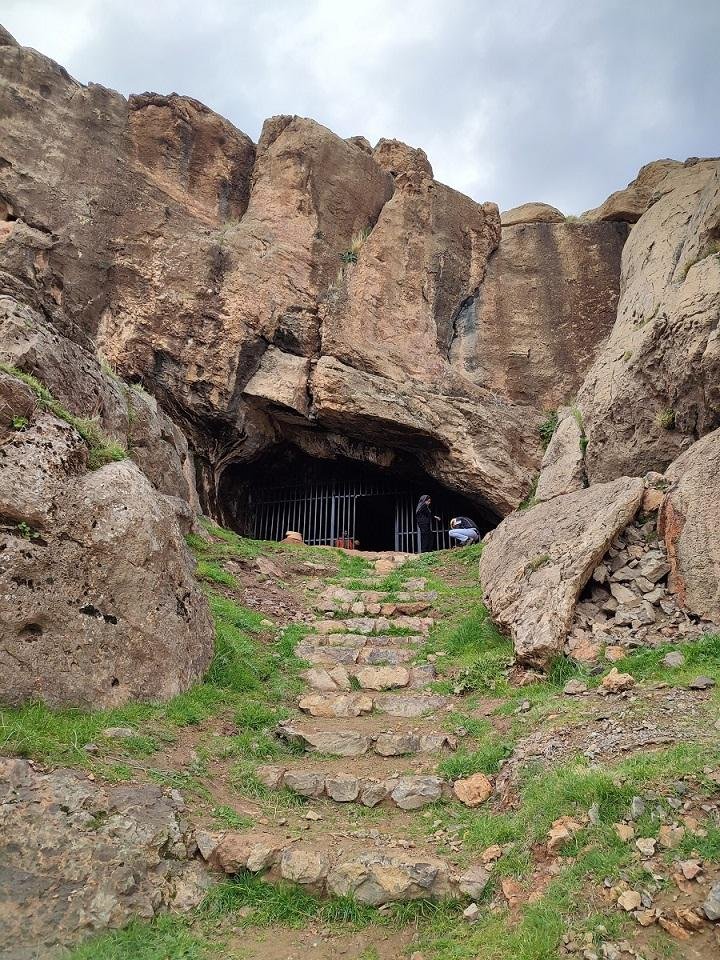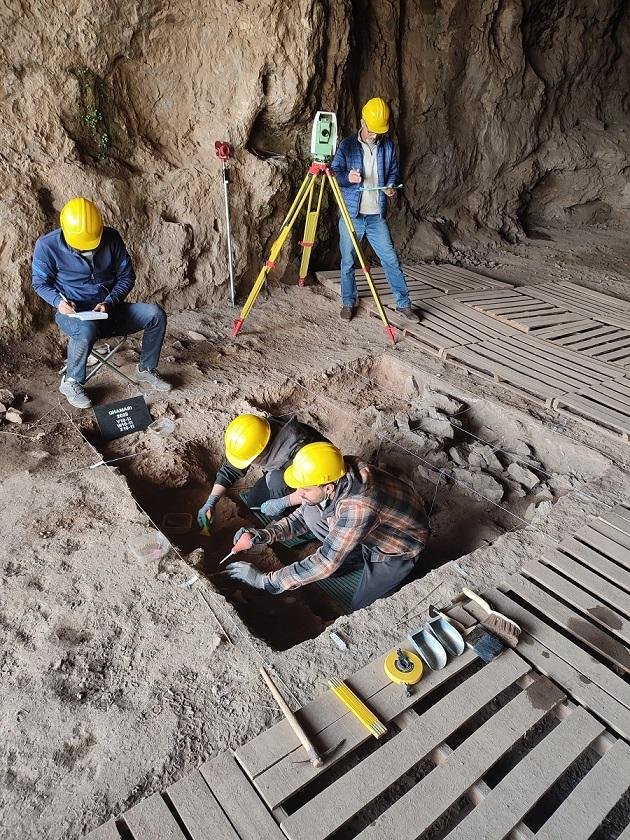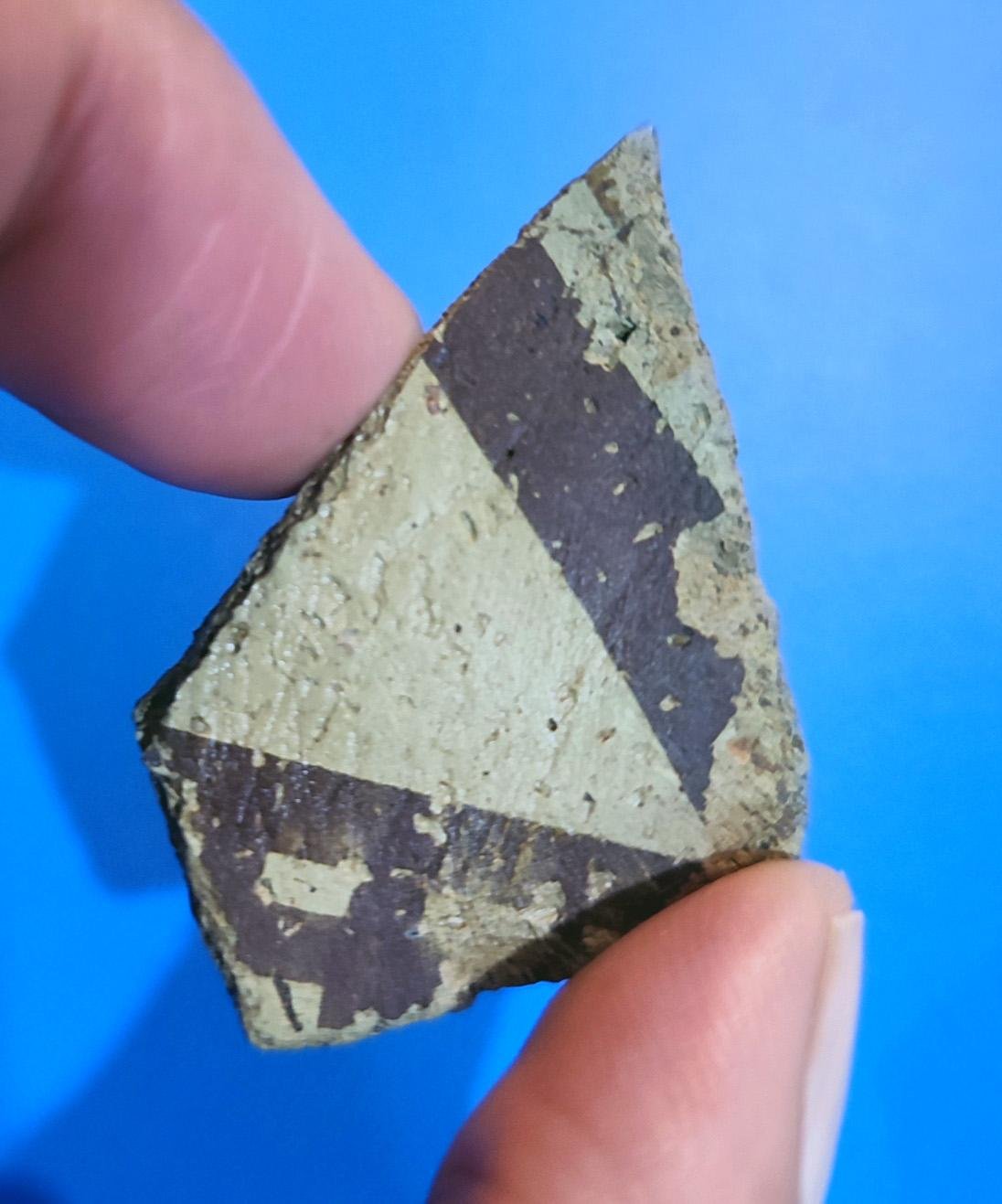Iranian archaeologists have uncovered compelling evidence of human habitation in Ghamari Cave dating back 40,000 to 80,000 years. The cave is located near Khorramabad in Iran’s Lorestan Province. Among the discoveries were stone tools, animal bones, and pottery. These items provide crucial clues about the prehistory of the region.
 Archaeologists uncover Neanderthal habitation evidence in Ghamari Cave, Iran. Credit: Fereidoun Biglari
Archaeologists uncover Neanderthal habitation evidence in Ghamari Cave, Iran. Credit: Fereidoun Biglari
The excavation project, authorized by the Research Insтιтute of Cultural Heritage and Tourism, commenced in February 2024. It was led by Fereidoun Biglari from Iran’s National Museum and Sonia Shidrang from Shahid Beheshti University. Ata Hᴀssanpour, director of the Lorestan Cultural Heritage, Handicrafts, and Tourism Department, said the findings represent a rare and extensive cultural sequence from the Middle Paleolithic period to historic times.
Biglari said these finds included Middle Paleolithic stone tools, along with remains of animals such as wild goats, red deer, and wild cattle, as well as remnants of fireplaces. These findings are likely linked to Neanderthal habitation.
 Ghamari Cave is located near Khorramabad in Iran’s Lorestan Province. Credit: Fereidoun Biglari
Ghamari Cave is located near Khorramabad in Iran’s Lorestan Province. Credit: Fereidoun Biglari
Shidrang emphasized the significance of a nearby rock shelter, which yielded traces of habitation dating to the Middle Paleolithic and Chalcolithic eras. The findings suggest that this shelter was used concurrently with the cave, providing new insights into human adaptation and settlement in western Iran.
 The cave’s findings represent a broad cultural sequence, spanning from the Middle Paleolithic period to historic times. Credit: Fereidoun Biglari
The cave’s findings represent a broad cultural sequence, spanning from the Middle Paleolithic period to historic times. Credit: Fereidoun Biglari
Excavations have also revealed pottery fragments from the Chalcolithic period (over 5,500 years ago). These finds included painted buff ware and red ware, indicative of early pastoralist communities that inhabited the cave. The continual use of this site over a span of millennia is further evidenced by other artifacts belonging to later periods such as the Iron Age, Seleucid, and Parthian.
The archaeological importance of the cave was first recognized in 1965 when American archaeologist Frank Hole excavated it. Further investigations led by Behrouz Bazgir in 2011 confirmed the cave’s long history of habitation, with Paleolithic and prehistoric artifacts. New findings reinforce the importance of Ghamari Cave as a crucial site for understanding cultural and biological evolution in Iran and the broader Middle Eastern region.
 Excavations have also revealed pottery fragments from the Chalcolithic period. Credit: Fereidoun Biglari
Excavations have also revealed pottery fragments from the Chalcolithic period. Credit: Fereidoun Biglari
Biglari added that the ongoing excavations in the deep deposits of the cave could potentially uncover Neanderthal skeletal remains, offering unprecedented insights into their presence in the region. “This site provides a unique opportunity to study the long-term occupation of western Iran, from Neanderthals to early agricultural societies,” he said.
Ghamari Cave was officially registered as a national heritage site in 2001, solidifying its importance in Iran’s rich archaeological landscape.





